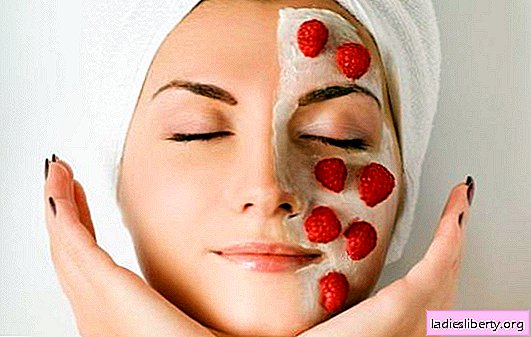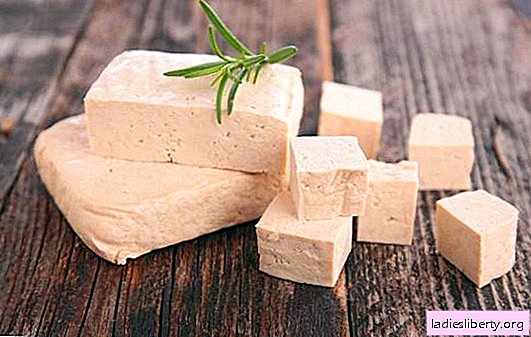
German scientists report that about 55% of people misuse sunscreen. According to preliminary research results, improper use does not protect the skin from harmful ultraviolet radiation.
What exactly can not be done?
Many consumers tend to use sunscreen incorrectly due to their own stinginess. Early research showed that Danish tourists spend only 0.79 mg per cm2 of lotion on vacation instead of 2 mg. Another disadvantage was that they began to apply the cream on the beach only after the appearance of redness of the skin. All participants returned from vacation with a visible tan.
People are also likely to have suffered chronic mild skin damage that does not occur after application of more than 0.75 mg / cm2.
Scientists did not evaluate the effect of redness on the skin, as in most other studies. The endpoint of their study was the amount of dimers of cyclobutane-pyrimidine, which were determined using mass spectroscopy by skin biopsy.
Dimercyclobutane-pyrimidine is a chemical bond between neighboring bases that damage genetic material. Most damage is repaired. However, in old age, when reducing enzymes cease to work without failures, skin cancer occurs.
What experiments were carried out?
In the first experiment, the skin was irradiated after applying the lotion. In areas of the skin where people applied 0.75 mg / cm2, no significant protective effect was observed. Only at a dose of 1.2 and 2.0 mg / cm2 the formation of a toxic substance could be significantly prevented.
In a second experiment, the skin was irradiated for several days to simulate a five-day stay in tropical or subtropical regions.
A satisfactory protective effect was also achieved only with 1.2 and 2.0 mg / cm2. At a high dose per day, there was more DNA damage.
Do dermatologists underestimate the protective effect and proper use of the cream?
Even dermatologists underestimate the protective effect of sunscreens. This is reported by scientists from the Max Planck Institute for Human Development.
261 dermatologists from Germany, USA, Switzerland and Australia participated in a web experiment. Information on the effectiveness of creams was presented to doctors in three different ways:
- sun protection factor itself;
- the percentage of sunscreen on the skin;
- percentage of solar radiation.
Dermatologists should evaluate in pairs how much longer the protective period of the stronger compared to the less powerful cream.
The result shows that a longer protection period, which have stronger sunscreens, systematically underestimates the vast majority of dermatologists.
According to scientists, dermatologists should focus solely on the sun protection factor in assessing and studying the effectiveness of sunscreen. Other indicators, such as radiation absorbed by sunscreen or redness of the skin, are not suitable for evaluating effectiveness.
Ultraviolet does not cause skin cancer, or why you should not expect a “wow effect” from sunscreens
The effect of ultraviolet radiation on cancer is not as obvious in malignant melanoma as in spinalioma or basal cell carcinoma. The US Environmental Protection Agency even doubts that sunscreens protect against cancer.
Animals usually become infected with melanoma at the age of 12.5 months. When the shaved back is irradiated with ultraviolet light, the tumors appeared at the age of 7 months.
The same UV exposure never causes melanoma in normal mice.
Scientists conclude that ultraviolet light is not the trigger for melanoma. However, solar radiation significantly accelerates the development of cancer. Sunscreen can slow down the development of melanoma, but not completely suppress it.
The phenomenon explains why even people who regularly use sunscreens can get melanoma. Sunscreen protects against melanoma, but not as reliably as previously thought.











